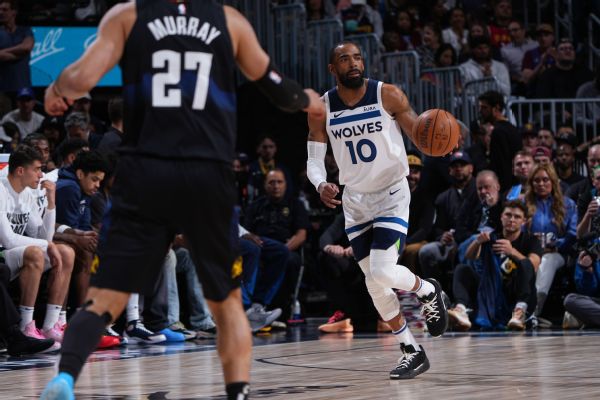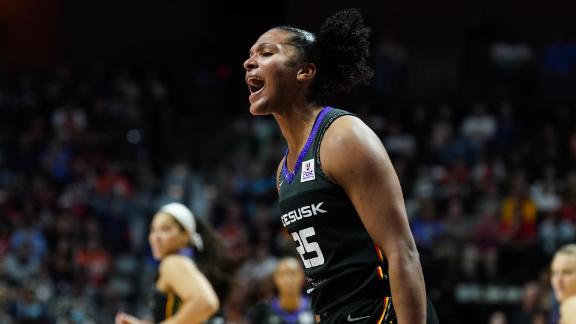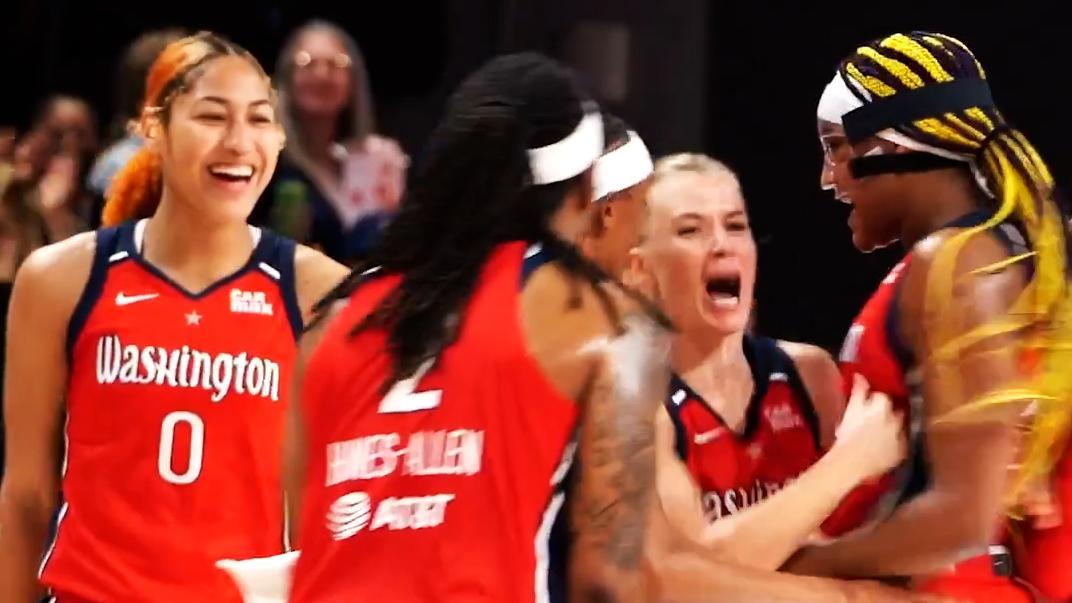![cricket:image:1431449 [900x506]](https://a.espncdn.com/i/cricket/cricinfo/1431449_900x506.jpg)
Fantasy baseball pitcher rankings lineup advice for Wednesday s MLB games
It was the break-up that stunned the Big Bash. For 11 seasons, Chris Lynn embodied Brisbane Heat: born and bred in the city, Lynn was the team's final link back to the squad that won them their only title in 2012-13. Along with Brendon McCullum, he was one half of the Bash Brothers, the six-hitting partnership that formed the basis of Heat's marketing and on-field strategy.
But two years ago a Queensland Cricket committee chaired by the former Australia wicketkeeper Ian Healy decided that with Lynn's five-year, million-dollar contract at an end, so was his time with Heat. Healy denied that "behavioural or cultural" issues were a factor and said plainly: "This is a sign that Brisbane Heat are going more to winning than entertaining."
It was not that Lynn's record for Heat - 3005 runs, then the most in BBL history for a single club, at an average of 34.54 and a strike rate of 148.83 - was not exceptional. But in a league with a salary cap, Heat were pouring a significant proportion of their resources into Lynn's wages; every year they found themselves relying on his runs to dig them out of holes.
"People came to the consensus that Brisbane, as a city, loves a winner," says Charles Evans, Heat's performance strategist. "The market dynamics are batter-heavy in the T20 industry. Look at the drafts and auctions around the world and it's blokes that whack it and bowl a little bit going for unbelievable numbers, and only the occasional bowler.
"No one really blinks at the batter that's making a huge splash in your contract list. They just think, 'Well, they have to: they're the opener, they're the No. 3.' Whereas people aren't probably thinking the same way with a bowler, who can only bowl a fifth of your overs…
"It's not that our bowling was neglected, but it certainly wasn't viewed in the light of being so important to win championships."
Heat's decision to reshape their squad to prioritise their bowling attack brought immediate success. After shifting away from big-name batters and investing heavily in a varied bowling line-up, they reached two consecutive finals. In the second of those, this January, after topping the league phase, they won their second BBL title - and their first without Lynn.
Heat fit the global trend: in 2023 and 2023-24, in seven of the top ten global T20 leagues*, the team with the best bowling strike rate went on to win the title; every winning team ranked in at least the top three for bowling strike rate. T20 is often said to have skewed the game in batters' favour - yet teams that take wickets most regularly tend to emerge as champions.
*classified as: IPL (India), Blast, Hundred (both England), CPL (West Indies), LPL (Sri Lanka), BBL (Australia), ILT20 (UAE), SA20 (South Africa), BPL (Bangladesh), PSL (Pakistan)
****
In the mid-2010s a trend emerged from T20's first data boom: captains started to give the new ball to spinners, daring opening batters to take an early risk and attempting to "burn" an over at the start of an innings. Samuel Badree, the West Indies legspinner, had done it for years but increasingly teams used part-time spinners with the new ball.
The idea, recalls Tom Moody, whose Sunrisers Hyderabad team won the IPL in 2016, and who now coaches Oval Invincibles in the Hundred, was "to give them that extra flexibility as the overs unfold, and to help manage their [bowling] resources". But the trade-off was inherently defensive: new white balls rarely swing for more than two or three overs, so opening the bowling with spin meant reducing your seamers' chances of finding early assistance.
In T20, teams are relatively unlikely to be bowled out: on a rough average, most completed innings finish with teams six wickets down. That general rule prompted many bowling teams to focus primarily on defence: with batters placing a much lower value on their wicket than in other formats, bowlers were evaluated on their dot-ball percentages and economy rates.
Somerset, in England's T20 Blast, were among the many teams to follow the trend: Max Waller, the legspinner, became their most common opening bowler between 2017 and 2020. It was fundamentally a defensive move, in keeping with most decisions that Somerset made with their bowlers: the tiny boundaries at their home ground in Taunton were seen to necessitate that.
"You can be quite fearful in white-ball cricket," says Jason Kerr, their head coach, who cites the fact that Taunton is "the highest-scoring T20 ground in the world" - beating even the M Chinnaswamy Stadium in Bengaluru. "Often a lot of language is around the defensive, and how you can stop people scoring.
Since Waller's retirement, though, Somerset's bowling strategy has transformed. In 2023, Craig Overton bowled three powerplay overs in each of the 14 matches he played and took 12 wickets in that phase; only his team-mate Matt Henry, signed as an overseas player, took more - 17. Both are traditional right-arm seamers who were empowered to attack with the new ball.
"Our mantra is that you're constantly trying to take wickets," Kerr says. "We wanted to be really clear on the roles that the bowlers were going to fulfil. We were really clear on who was taking the new ball and what we were asking them to do with it… we had two world-class bowlers at the top of the order and they executed brilliantly."
In a 17-match Blast season, Somerset bowled their opponents out ten times and took 151 wickets out of a possible 170. It was - by some distance - the most wickets that a bowling team has taken in a single T20 tournament; fittingly, they defended a below-par 145 all out in the final by reducing Essex to 44 for 4 in the powerplay and eventually bowling them out for 131, with nine balls unused.
Somerset's success speaks to a broader trend in T20 bowling strategy. Almost every batter in the world scores at a quicker rate as their innings progresses and once they are accustomed to conditions, so bowling defensively comes with its risks. It might be a good short-term ploy, but it is likely to cause major problems at the end of an innings when you are bowling a set batter.
Henry's attacking prowess earned him his first IPL contract in seven years, at the age of 32. "Historically, we have looked at dot balls as being the key measure when it comes to restricting batting sides," Moody says. "That balance has slowly shifted until the point we are now, where we put more value on the importance of taking wickets and then dot balls come in at second priority."
Consider Sam Curran. At the men's T20 World Cup in 2022, Curran became England's designated death bowler and performed so well that he was named player of the tournament: his 10.4 overs at the death brought him nine wickets, and cost only 70 runs. Clearly he played a significant role in England's eventual success.
But Curran was also the beneficiary of his team-mates' ability to take wickets regularly throughout an innings: more than half of the balls that he bowled at the death were to batters who had come in at No. 7 or below, and none were to top-three batters. In keeping with the worldwide trend, England's bowling strike rate was the second best at that World Cup, behind only South Africa and New Zealand, who were tied at No. 1.
Perhaps this is not a huge surprise. It is hardly revelatory that teams that take lots of wickets are successful. However, as Heat's Evans says, "If you just picked the five bowlers in world cricket with the lowest strike rates, you wouldn't win that many tournaments. They will all be seamers and they will all bowl regularly at the death."
Instead, the best teams recruit with specific phases in mind: when Sunrisers Eastern Cape lost Overton to injury after his fine Blast with Somerset put him on their radar, they replaced him with another new-ball specialist, Daniel Worrall, who had thrived in the powerplay in the Hundred. Worrall was an unheralded T20 bowler, but he finished as the third-highest wicket-taker in the SA20 earlier this year.
Heat largely opted to pick six specialist bowlers, giving them flexibility and enabling them to pick a varied attack: they had a legspinner and a left-arm spinner in Mitchell Swepson and Matt Kuhnemann; two right-arm seamers, Xavier Bartlett and Michael Neser; and two tall left-armers, Paul Walter and Spencer Johnson, whose average speeds varied by around 15kph.
"It means you can cater with whatever gets thrown at you," Evans explains. "That's what a good bowling attack does: it gives you options. And a good bowling attack is a balanced one. Nobody can really set up a batting line-up that can actually hit you out of the park or go extended periods without a wicket, because there's always [a bowler] available to the captain at any given moment."
A T20 bowling innings does not exist in a vacuum. The approach that a batting team takes depends on a number of different variables: are they setting a target or chasing one? Will the pitch enable them to hit through the line? Do they need to go hard because of the opposition's imposing batting line-up, or can they be more cautious because they are facing a team whose strength is in their bowling?
In the men's Hundred, Manchester Originals have reached two successive finals without lifting the trophy. They have been prolific wicket-takers in both seasons, in part because their bowlers have often been defending huge totals thanks to Jos Buttler and Phil Salt's prolific opening partnerships. "We've had times where we put big scores on the board, and that pressure then works in the bowlers' favour," Simon Katich, their coach, says.
Last year, Katich's Originals lost out to Moody's Oval Invincibles in the final. Invincibles were by far the highest wicket-takers in the tournament. "I've always had, front of mind, the management of the 120 balls as a bowling and fielding unit, as opposed to the batting side of it," Moody says. "History will show that bowling-strong sides have a higher win ratio than batting-strong sides."
And yet, countless franchises around the world continue to invest significantly more in their batting resources than their bowlers, suggesting inefficiencies in the market. When Royal Challengers Bengaluru conceded a record 287 against Sunrisers Hyderabad this season, the six bowlers they used cost a combined Rs 13.25 crore out of their Rs 100 crore salary cap.
"You have to consider supply and demand," Moody says. "If I'm looking for opening batters on the global market, you could cast the net out and argue the toss over about 20 players, but if I was to do that for match-winning specialist spinners or specialist new-ball bowlers or specialist death bowlers, that net is a very small one by comparison." This might help explain the high prices Mitchell Starc, Pat Cummins and Alzarri Joseph fetched in the last auction.
The Impact Player rule has changed the dynamics of the IPL, with scoring rates shooting up by nearly one run per over since its introduction in 2023. "Five [wickets] in 15 [overs] used to give you an open end," Mike Hesson said last year, when he was RCB's director of cricket. "Now you've got to probably get at least one more… you have to continue to attack, not just defend."
In 2023, Chennai Super Kings' title win owed as much to their destructive batting line-up as their bowling unit, while the early signs in 2024 are that wicket-taking might not be such a clear driver of success in a 12-a-side league: after their first eight matches, Punjab Kings ranked second on bowling strike rate but had only managed two wins.
As soon as one trend becomes apparent, another starts. "It's funny: you almost have to check yourself," Evans says. "You get really excited because something seems to work really well, but then you're like, 'Woah, let's just make sure we're maintaining an even keel.'"
Not long after we speak, Heat's coach Wade Seccombe loses his job due to Queensland's poor performances in other formats, and their leading run-scorer, Josh Brown, signs for Melbourne Renegades. In the T20 world, change is the only constant.













